There are three main components of the system: the Central Database (CDB), the Auction Module and E-Trading venues. It’s somewhat similar to the stock exchange and brokers. Venues interact with Central Database, while end users are free to choose any Venue they like. They still will be able to view all tenders available in the entire system. Vendors can bid on any tender, regardless of the venue it is announced through. This approach helps prevent one venue growing into an expensive and inefficient monopoly.
The typical e-procurement process will run as follows: the requestor publishes a tender for procurement at any chosen venue. The tender information is made available to all connected Venues via the Central Database. All users can view the tender conditions and may express their interest to participate in the tender.
Then, the amendment period begins:
Potential vendors can ask for clarifications regarding the tender or alert the requester of any errors in tender description or unfair conditions. The requestor will answer these questions and amend tender conditions if necessary. Bids aren’t accepted during this period. After the amendment period is over, the requestor can no longer modify the tender and vendors can submit their bid. Bids remain closed and the requestor cannot see company names or price offers at this stage. On the next day after bid submission, the revenue auction starts automatically. participants have three rounds to lower their bids and set the final price. During the auction, participants can see each other’s price offers, but not company names: each vendor is labeled with a number, e.g.: Bidder 1, Bidder 2, etc.
The reverse auction enables government buyers to obtain the lowest price for goods, products or services specified. Once the auction is completed, all bids are open and participant names, proposals and prices revealed, so participants can see competitors’ proposals. The requestor verifies bids starting from the lowest one. If the company that offered the best price meets pre-defined qualifications criteria, it must be selected as winner and the procurement process ends.
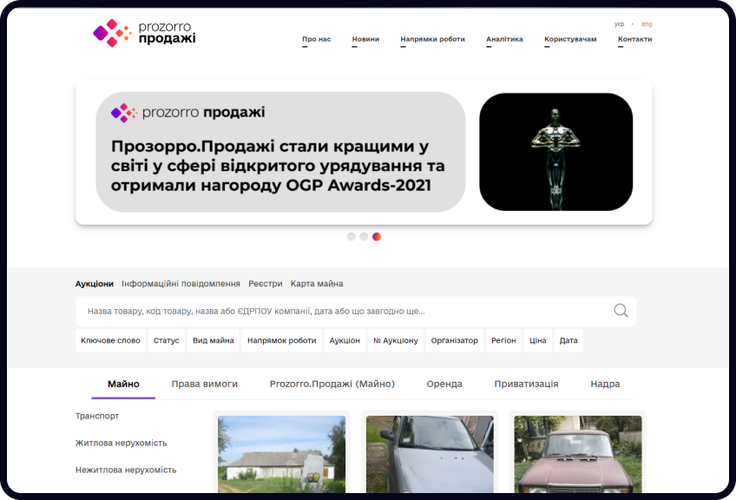





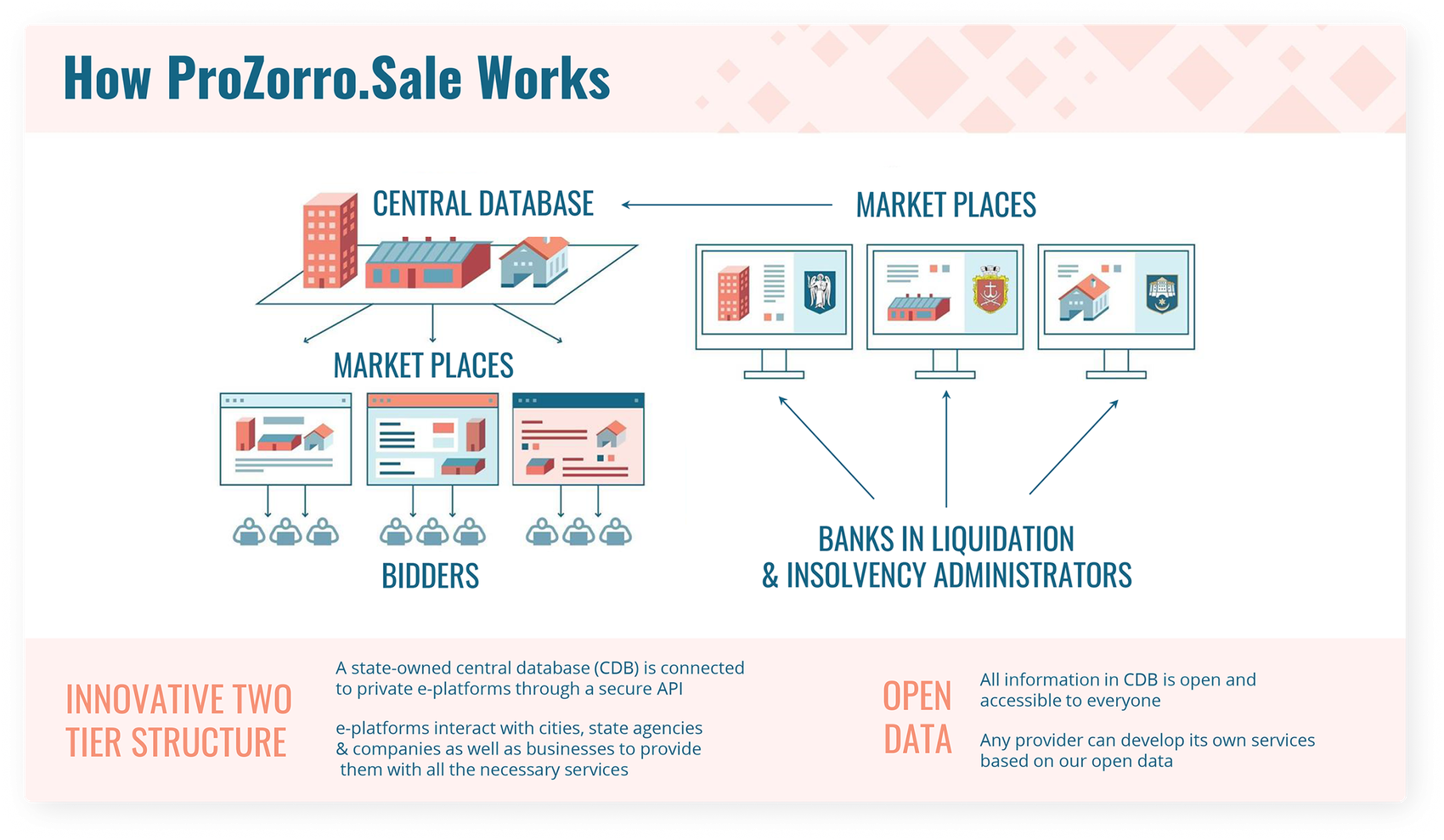
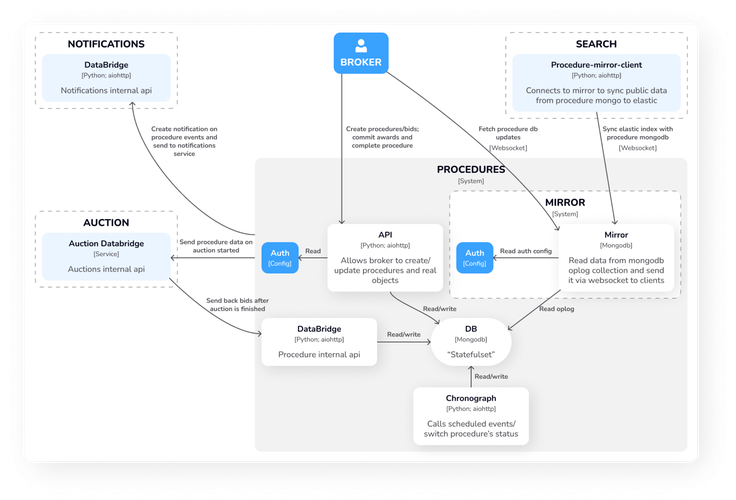
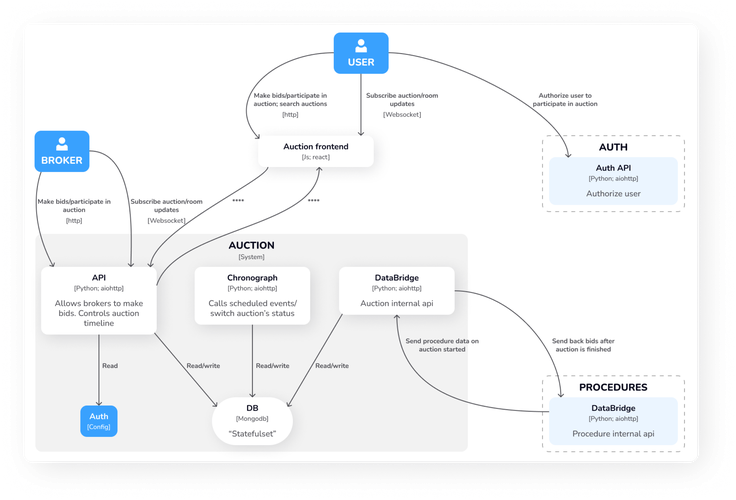
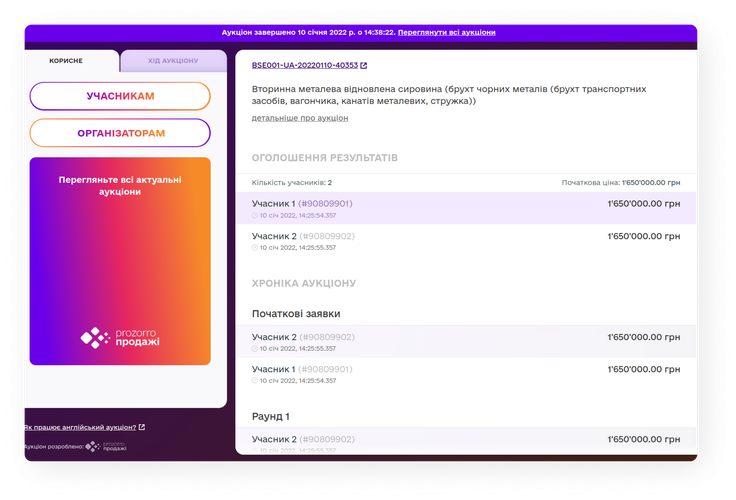
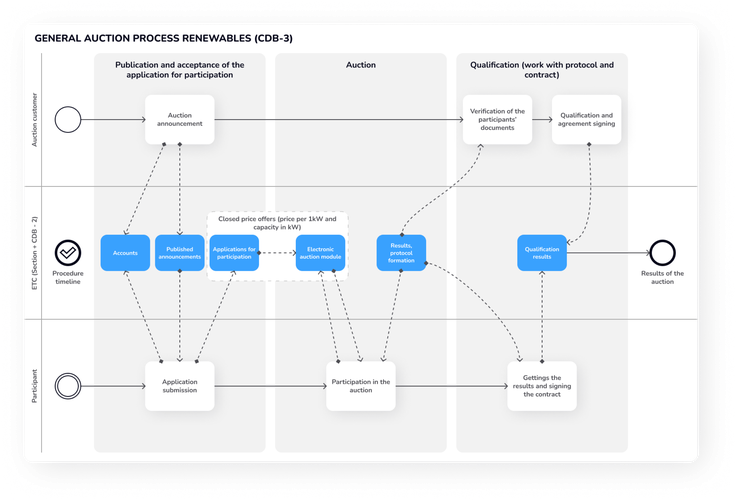


















 Rewards
Rewards